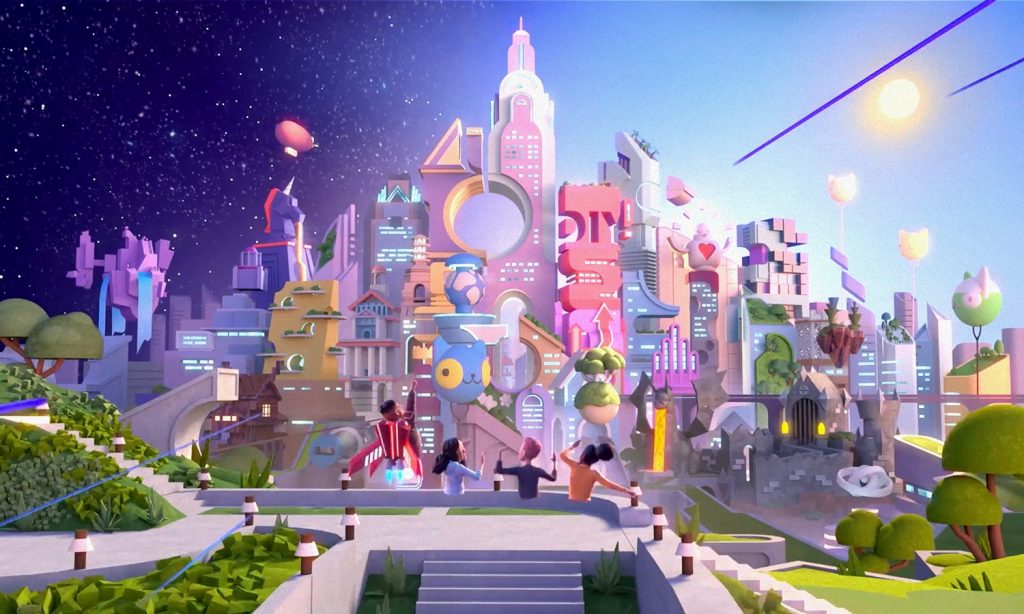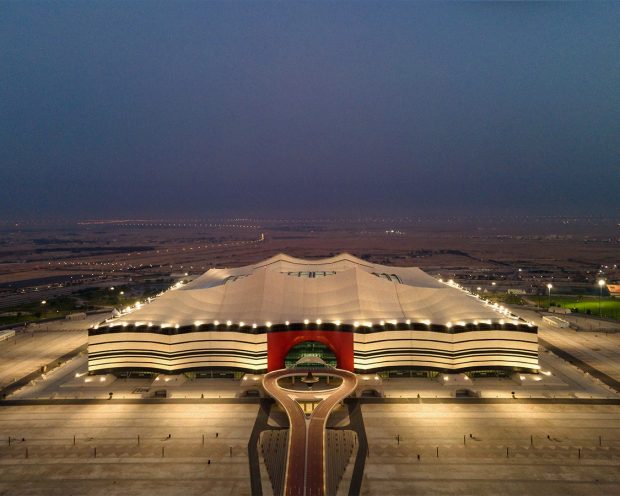Facebook, er, Meta’s first version of its VR-based software, “Horizon Worlds,” feels more like a rough draft. The platform shows incredible potential with sandbox tools for users to create VR experiences like hangout spaces, games and immersive art. But in actual reality, Horizon Worlds is riddled with technical bugs. Plus, its relative shortage (at present) of either creators or users makes the overall experience dispiritingly meh(-ta). Lol.
Matthew Ball’s metaverse primer defines the metaverse as “a network of interconnected experiences and applications, devices and products, tools and infrastructure.” Translation: Meta can’t own the metaverse, and they can’t own the only software that builds it. But hey, that hasn’t stopped them from trying… It’s best to think of Horizon Worlds as a prototype. And as such, it highlights problems that future experience-building VR platforms will have to solve.
What’s it like in Horizon Worlds?
After donning your VR headset and loading up the application, you enter the Horizon Worlds Plaza, an outdoor hub where users — in the form of legless human avatars — hover around, chatting or exploring the experiences accessible in the Plaza itself or through the menu.
The Plaza is a space built by Meta, but the experiences are all built by users. We’ve explored nightclubs, immersive art, team shooters and more. Unfortunately, the experiences all feel second-rate compared to the VR games you can download onto your headset or load up from the VR internet browser.
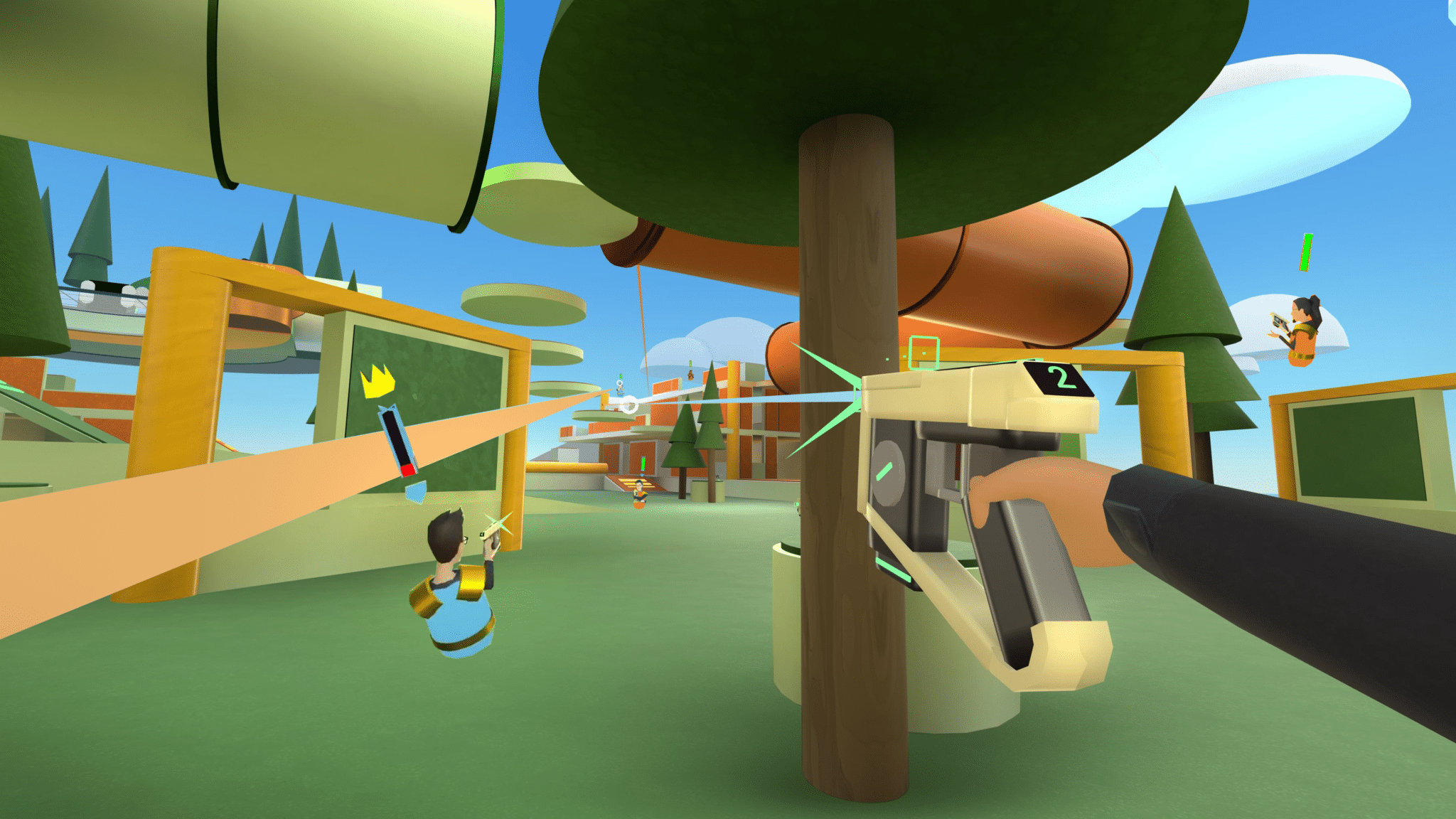
What makes Horizon Worlds’ experiences special — and gives us hope for the metaverse — is the ability to experience these worlds as a group and participate in interactive social activities in an organic(ish) environment.
The good
Spatial audio and gestures: Horizon World’s experiences are enjoyable when you’re with the right people. Socializing feels “real” compared to non-VR platforms: you watch avatars’ mouths move, you hear their voices coming from exactly where they’re standing and you see their actual hand gestures. The first meaningful conversation you have in Horizon Worlds (and in other social VR platforms, for that matter) will blow your mind because of how authentic the interaction feels.
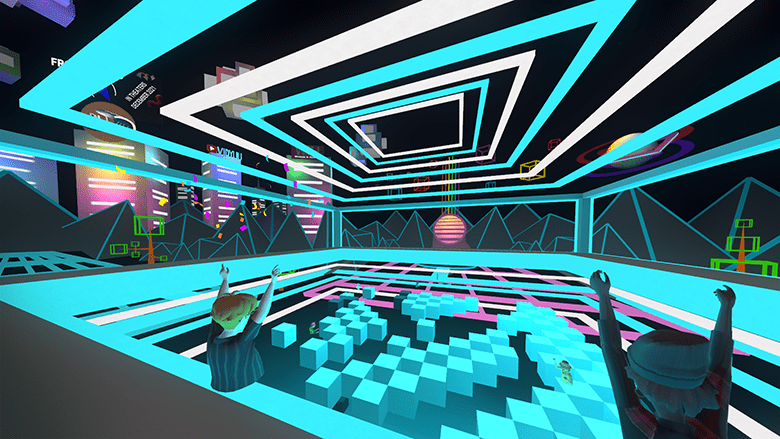
Intuitive user interface: Users pull up the toolbar simply by looking at the inside of their left wrist—no intrusive screen to obstruct your view of the world. If the activity around you gets too intense, you can mute yourself or use the safety controls to put your avatar in its own safe zone.
Creative worlds: Even though most user-generated worlds don’t look very professional, it’s fun to explore an infinite library of spaces and get a change of scenery for conversations. Many of the games are engaging, although some that lack a social component kind of miss the point of a social experience platform.
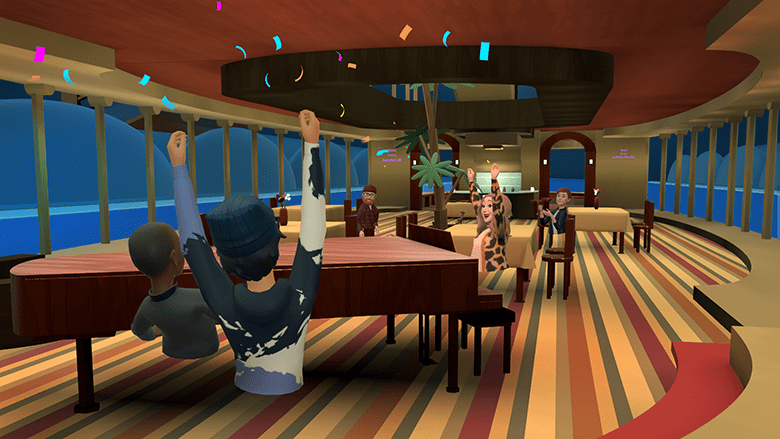
The not-so-good
Zoomerbombers: Horizon Worlds is restricted to those 18 and up, but that hasn’t stopped underage users from finding their way in. This in itself isn’t a dealbreaker, but it only takes one screaming preteen running through conversation groups in the Plaza to make you want to turn off the experience.
Empty spaces: Whether it’s due to technical limitations or a shortage of users, many spaces feel sparse. Even the Plaza might have only a dozen or so users in it at any given time. This can make it difficult to find a group that’s interested in visiting the same experience you are.
Limited avatars: The avatar builder is surprisingly difficult to use — inexcusable for a platform where your virtual identity is key. Seriously, we had better character creators in The Sims 20 years ago. The clothing options tend to look dorky or costume-y; there are so few good ones and most people dress the same.
Technology issues: On several occasions, we were transitioning between worlds with a group of avatars and got disconnected. It wasn’t clear how we could join up with them again, so we had to return to the Plaza and start from scratch. Creators have also reported bugs with some of the experience design tools.
The future
The question of who will build the metaverse is on everyone’s mind. Microsoft just acquired Activision Blizzard, putting many of the top social gaming platforms (World of Warcraft, Candy Crush, Minecraft, Call of Duty) under one roof. Meanwhile, Microsoft VR employees are leaving in droves to join Meta. Apple continues to develop its own VR hardware, saying to the metaverse, “Maybe later.” And Google just announced their headset to make the AR metaverse a reality in 2024: Project Iris.
As the software to launch the construction of the metaverse, Horizon Worlds isn’t so impressive. But the social experiences we’ve seen there show promise. We’re guessing it’s a bit ahead of its time. And the hardware and user adoption need to catch up before this type of software can really shine.
We’ll see you in the cooler future Metaverse, Zuck.
Join us in XP Land. A community for experiential creatives and experience-makers, brand leaders and IP-owners, space stewards and venue visionaries — all of those in the business of epic gatherings and live, immersive storytelling.
